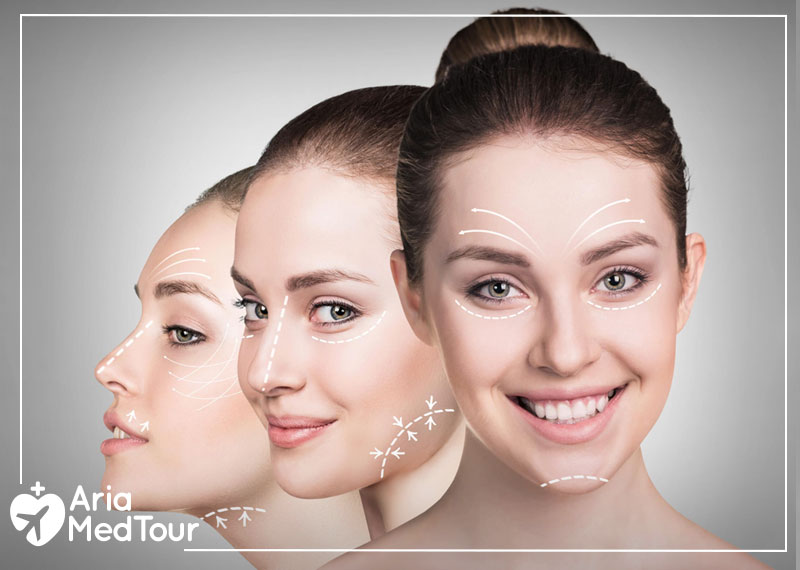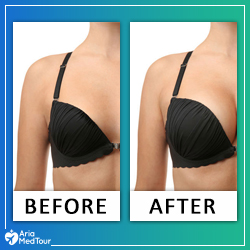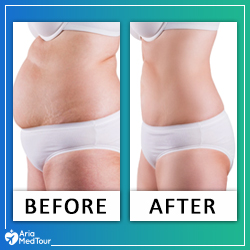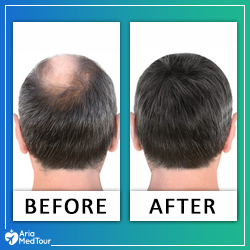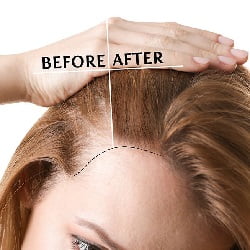In the evolving world of anti-aging treatments, choosing between Facelift and Ultherapy is an important decision for many people seeking a youthful appearance. When comparing Ultherapy vs facelift, it’s essential to know that a facelift delivers more dramatic surgical results, while an Ultherapy facelift offers a non-invasive approach that stimulates collagen and gradually improves skin firmness with minimal downtime.
This article unfolds a comprehensive comparison, shedding light on the transformative power of these procedures. Dive into an exploration that promises not just insights but a pathway to making informed decisions in the pursuit of aesthetic excellence.
Anti-Aging Treatments
Anti-aging treatments have evolved significantly over the years, offering various options to those looking to reverse the signs of aging.
These treatments range from invasive surgical procedures to non-invasive therapies, each with benefits and considerations.
The key to achieving the desired results is selecting the right procedure based on individual needs, skin conditions, and expected outcomes.
This choice is critical because it aligns with personal goals, recovery time preferences, and budget considerations.
- Surgical Options
- Facelift procedure: A facelift is a comprehensive approach to address aging signs by removing excess skin, tightening underlying tissues, and repositioning skin on the face and neck.
The facelift results can be dramatic, offering a youthful appearance that lasts for many years.
The procedure best suits those with moderate to severe facial sagging and wrinkles.
- Facelift procedure: A facelift is a comprehensive approach to address aging signs by removing excess skin, tightening underlying tissues, and repositioning skin on the face and neck.
- Non-Surgical Options
- Ultherapy: As a leading non-surgical facelift alternative, ultherapy utilizes ultrasound energy to stimulate collagen production deep within the skin.
The ultherapy benefits include tightening and lifting the skin on the face, neck, and décolletage with minimal downtime.
This option is ideal for individuals with mild to moderate skin laxity seeking a less invasive treatment.
- Ultherapy: As a leading non-surgical facelift alternative, ultherapy utilizes ultrasound energy to stimulate collagen production deep within the skin.
- Combination Therapies
- Combining surgical and non-surgical treatments can optimize anti-aging results.
For example, someone may choose a facelift for comprehensive improvements and later maintain those results with ultherapy.
This approach allows for customized treatment plans that address individual aging concerns effectively.
- Combining surgical and non-surgical treatments can optimize anti-aging results.
Choosing the right anti-aging treatment requires careful consideration of the available options.
Surgical options like a facelift offer long-lasting and significant improvements for those willing to undergo surgery and a recovery period.
In contrast, non-surgical options such as ultherapy provide a less invasive alternative with minimal downtime, suitable for those with mild to moderate signs of aging.
Combination therapies leverage the strengths of both surgical and non-surgical treatments, providing a tailored approach to anti-aging that can meet a wide range of needs and expectations.
Facelift vs. Ultherapy: The Core Differences
Exploring the key distinctions between facelift and ultherapy offers valuable insights for individuals considering anti-aging treatments.
While both aim to rejuvenate the appearance and combat signs of aging, they diverge significantly in methodology, recovery, and outcomes.
Understanding these differences is crucial for making an informed decision that aligns with personal aesthetics goals, lifestyle, and readiness for downtime.
Facelift Procedure
A facelift, known as rhytidectomy, is an intricate surgical procedure designed to reduce visible signs of aging in the face and neck.
This procedure involves removing excess skin, tightening underlying tissues, and repositioning the skin to create a more youthful and rested appearance.
The facelift results can be transformative, significantly reversing age-related changes.
Facelift Post-Surgery Recovery and Care
Recovery from a facelift entails a period of rest and limited activity to allow for healing and reduce the risk of complications.
Patients typically experience swelling, bruising, and discomfort, which can be managed with prescribed medication.
Following the surgeon’s post-operative care instructions is essential for achieving the best results and facilitating a smooth recovery.
How Ultherapy Works
Unlike a facelift, ultherapy does not involve incisions or skin surface alterations.
Ultherapy harnesses the power of focused ultrasound energy to target deep layers of the skin.
This energy stimulates collagen production, leading to a natural lifting and tightening effect over time.
Ultherapy Post-Treatment Recovery and Care
One of the ultherapy benefits is the minimal interruption to daily life.
Patients can typically return to regular activities immediately after the treatment, making it a convenient option for those with busy schedules.
Evaluating the Benefits and Limitations
When considering anti-aging treatments, weighing the benefits and limitations of facelift and ultherapy is essential.
Each method offers unique advantages and faces certain constraints, making it important for individuals to assess which option aligns best with their aesthetic goals, lifestyle, and willingness to undergo recovery periods.
Understanding these aspects can help make an informed decision that yields satisfaction and enhances one’s quality of life.
Facelift Benefits
- Long-term results: One of the most significant facelift benefits is the enduring nature of the outcomes.
Patients can enjoy a more youthful appearance for many years post-procedure, making it a worthwhile investment for those seeking lasting changes. - Comprehensive improvements: A facelift addresses multiple signs of aging in one go.
It can mitigate sagging skin, diminish deep wrinkles, and restore a firmer, more contoured facial structure.
This all-encompassing approach ensures that the improvements are harmonious and impactful, contributing to a rejuvenated overall look.
Ultherapy Advantages
- Non-surgical approach: Ultherapy stands out for its non-invasive technique.
Utilizing ultrasound energy to stimulate collagen production beneath the skin’s surface, it tightens and lifts without incisions, offering an attractive alternative to those wary of surgery. - Minimal to no recovery time: The absence of a recovery period with ultherapy means that patients can immediately resume their daily activities post-treatment.
This convenience is a significant advantage for busy individuals who cannot afford the downtime associated with surgical procedures.
Ideal Candidates for Each Procedure
Determining the right anti-aging treatment hinges on various factors, including skin condition, age, and personal expectations.
Both facelift and ultherapy cater to different demographics, with specific criteria making one more suited than the other for certain individuals.
Who Should Consider a Facelift?
Candidates for a facelift typically exhibit more pronounced signs of aging, such as deep wrinkles, significant skin sagging, and jowls that cannot be effectively addressed with less invasive treatments.
Ideal candidates are those in good overall health, non-smokers, or willing to quit smoking, as smoking can affect the healing process.
They should have realistic expectations about the outcomes and be prepared for the necessary downtime associated with recovery from surgery.
Who Should Consider Ultherapy?
Ultherapy is ideal for individuals experiencing mild to moderate skin laxity who wish to improve their appearance without the invasiveness of surgery.
Suitable candidates are those looking for gradual improvements and are comfortable with the idea that results will unfold over several months.
People seeking a procedure with minimal to no downtime, who are in good health and have realistic expectations about the subtlety of the outcomes, may find ultherapy to be the perfect fit.
Conclusion
Whether you’re leaning towards the dramatic results of a facelift or the subtlety of ultherapy, understanding their benefits, longevity, and the nuances of preparation and care is key.
In summary, facelift involves surgery for significant facial rejuvenation, while ultherapy is non-invasive, using ultrasound for subtle tightening.
Benefits include long-term results with facelifts and minimal downtime with ultherapy.
Ideal candidates vary based on the severity of aging signs.
Costs and longevity vary too, with a facelift generally being the more expensive but longer-lasting one (5-15 years).
Ultherpay on the other hand, usually costs less. However, you should notice that you may need repeated sessions to maintain the results for long.
So while the facelift surgery costs more, considering its one-time nature (long-lasting results) it can even be a more economical option in total.
For those eager to explore further and stay updated on the latest cosmetic options, the AriaMedtour blog invites you to delve deeper into our posts.
Here, questions are welcomed and encouraged, opening doors to a community ready to share insights and experiences.




